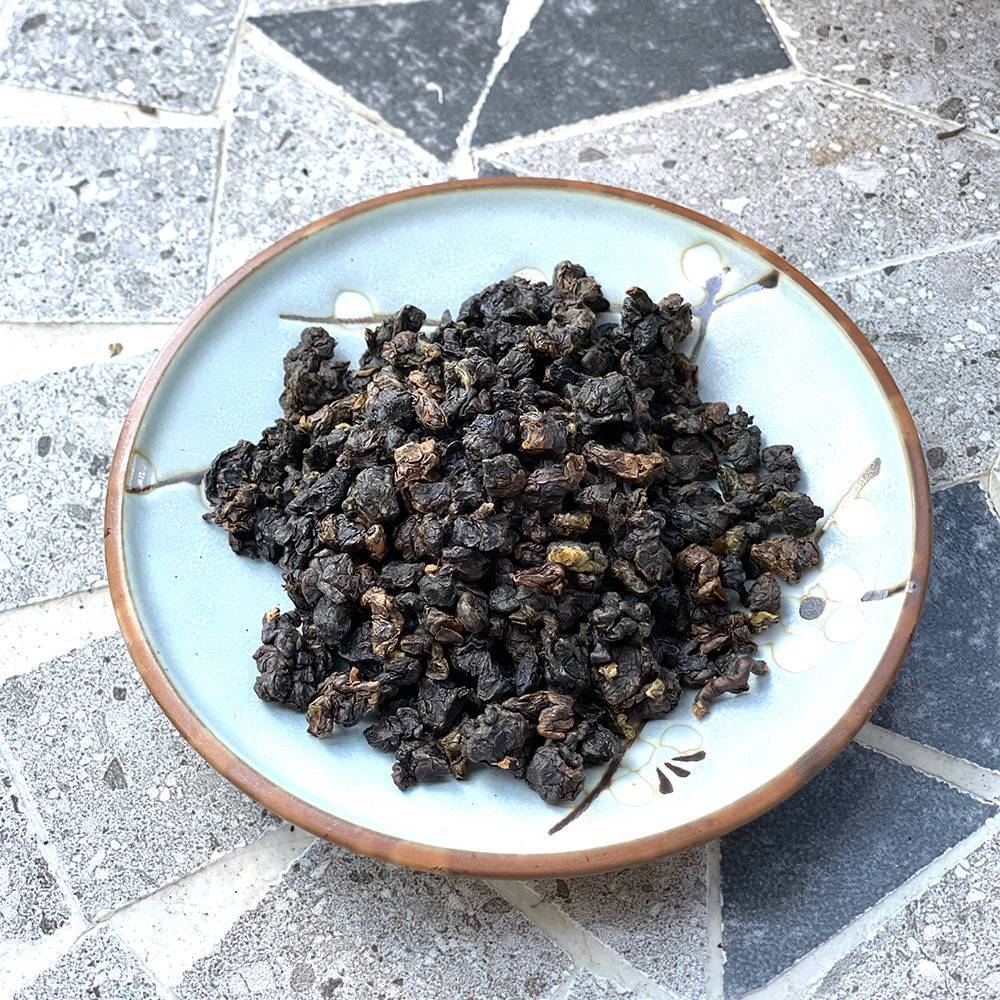tea and its surroundings, Tea Benefits
GABA tea from Taiwan: a production of excellence
We hear a lot about GABA tea, but exactly what does this acronym mean?
The acronym GABA stands for γ-Aminobutyric acid (gamma-aminobutyric acid). It is a central nervous system inhibitory neurotransmitter with strong anti-stress power: we ourselves produce it in small amounts and our brain releases it to help us fight anxiety and fatigue, inducing relaxation. Those who are deficient in it may in fact experience agitated conditions or insomnia.
This substance is also naturally present, albeit in small amounts, in the tea plant, camellia sinensis. However, some teas, called precisely “GABA,” contain more of it (we are talking about 300-400 times as much): this is because their leaves are processed in a special way. Let’s see together how!
Just after harvesting, withering takes place as usual, a stage in which the leaf loses an initial amount of moisture in order to be more malleable for subsequent processing steps. At this point, however, a step is inserted for GABA teas: the leaves are allowed to rest in an oxygen-free environment enriched with nitrogen, so as to promote the production in huge quantities of gamma-aminobutyric acid.


It was discovered in 1987 through the work of Japanese professor Tsushima Tojiro and the National Institute of Vegetables and Tea Science team during research conducted on the properties of L-Theanine (another relaxing amino acid found in tea).
In fact, the first tea to be produced by this process was a Japanese green tea called sencha gabaron. In general, it can be said that the more glutamic acid the leaves contain, the richer they will be in GABA: this is the case with all Japanese shaded teas, such as gyokuro and kabusecha.
Today, however, wonderful GABA teas can be obtained by applying this technique to the processes of almost any tea: there are lots of GABA oolongs, reds, and even some puer (very rare, if you are curious you can find them here: they are the Puer Sheng GAPU Grade R and the Puer Sheng GAPU Grade P – two products originally from Myanmar but processed with Taiwanese techniques).


Taiwan, the land of oolong par excellence, has made this technique its own and perfected it, developing some very interesting types of GABA tea where mastery in processing and quality of raw material meet experimentation and high levels of technology. In fact, Taiwan has recognized the potential of the Japanese discovery and adopted the process, adapting it to local tea varieties and experimenting until obtaining very high quality products, well received by both domestic and foreign markets. Indeed, all tea lovers know how good Taiwanese teas are, usually already very smooth on the palate and, in the case of GABA, even sweeter and fruitier.
Thus were born such oolongs asEmerald GABA, a low-oxidation oolong with milky notes and fruity sweetness, the Topaz GABA, a medium-oxidation oolong with caramel and malty notes, and theAmber GABA, with an even higher level of oxidation, full-bodied and rich in fruity notes. For lovers of the Ruby #18 cultivar, there is also a version Ruby GABA with roasted notes and enveloping hints of cocoa, malt and spice.


But Taiwan has not stopped at oolong teas: experimentation in GABA tea production has also involved red teas and green teas. Indeed, we have a red tea from Ruby cultivar, the Hong Yu Jade GABA with very sweet and balsamic notes, and a very special tea indeed, which is somewhere between a green tea and an oolong: the Fragrant Jade GABA, with fresh and fruity notes, a very low oxidation of just 10% and a high GABA content.
In addition to benefiting from the positive effects on our health, such as increased relaxation, lowered blood pressure and improved quality of sleep, those who choose to consume GABA tea from Taiwan will enjoy high quality products that are truly amazing in taste. The research and continuous experimentation carried out by the best tea producers in this country are yielding excellent results, with new fragrances and flavors certainly not to be missed.






